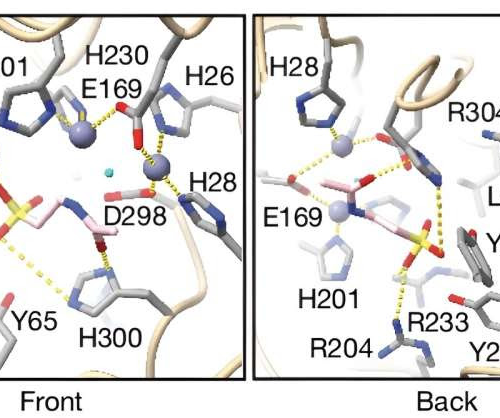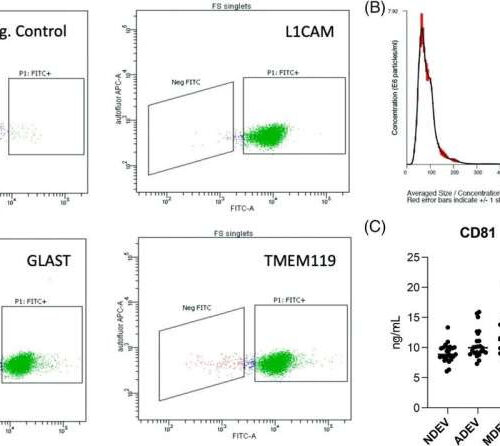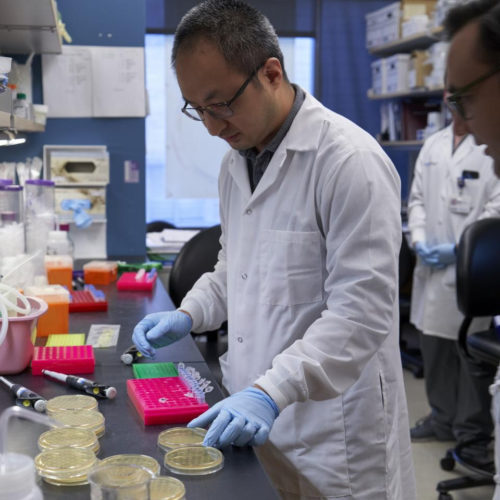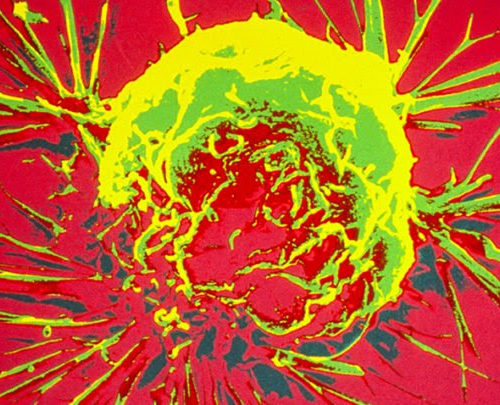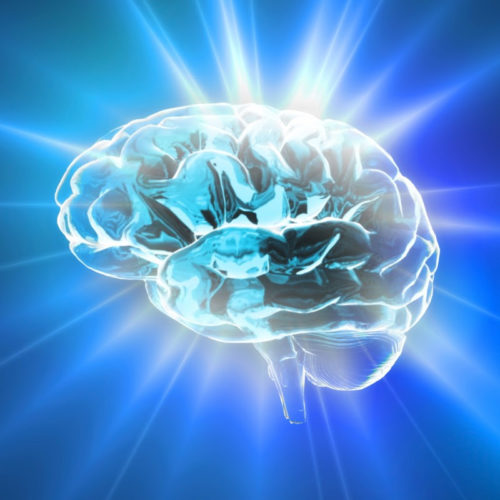August 8, 2024 by Nicholas Weiler, Stanford University Molecular docking of mouse PTER and N-acetyltaurine. Individual amino acid residues, two zinc ions (dark blue) and one water molecule (light blue) are highlighted. Credit: Nature (2024). DOI: 10.1038/s41586-024-07801-6The amino acid taurine, a common ingredient in energy drinks, is one of the most abundant amino acids in...
Tag: <span>Pathology</span>
New AI Tool Brings Precision Pathology for Cancer and Beyond Into Quicker, Sharper Focus
Penn Medicine researchers developed an artificial intelligence tool to quickly analyze gene activities in medical images and provide single-cell insight into diseases in tissues and tissue microenvironments. A medical robot – artistic interpretation. A new artificial intelligence tool that interprets medical images with unprecedented clarity does so in a way that could allow time-strapped clinicians...
Intermittent fasting improves Alzheimer’s pathology
UNIVERSITY OF CALIFORNIA – SAN DIEGO IMAGE: THIS CONFOCAL MICROSCOPY IMAGE SHOWS AMYLOID PLAQUES (BLUE AND RED) IN THE BRAIN OF A MOUSE. THE ACCUMULATION OF AMYLOID PLAQUES IS THE MOST WELL-DOCUMENTED BIOCHEMICAL HALLMARK OF ALZHEIMER’S DISEASE. CREDIT: UC SAN DIEGO HEALTH SCIENCES One of the hallmarks of Alzheimer’s disease is disruption to the body’s circadian...
Looking for an early sign of LATE: New insights into the pathology
by University of California – San Diego Fluorescent activated cell sorting (FACS) enrichment of plasma NDEVs, ADEVs, and MDEVs from LATE-NC subjects. Representative FACS plot for non-EV, negative control (red) and BAE—FITC complexes generated from EVs (green) isolated a LATE-NC subject and enriched against anti-human CD171 biotin (L1-CAM), anti-GLAST, and anti-TMEM119 antibody. (A) Representative plot...
Amazing possibilities of using artificial intelligence in pathology
Reviewed by Emily Henderson, B.Sc. Mar 9 2021 Artificial intelligence can already scan images of the eye to assess patients for diabetic retinopathy, a leading cause of vision loss, and to find evidence of strokes on brain CT scans. But what does the future hold for this emerging technology? How will it change how doctors...
Preliminary study of 300+ COVID-19 patients suggests convalescent plasma therapy effective
American Journal of Pathology publishes efficacy results from Houston Methodist clinical trial HOUSTON METHODIST HOUSTON METHODIST PHYSICIAN SCIENTIST ERIC SALAZAR, MD, PHD, LOOKS ON AS HIS TEAM WORKS IN THE LAB ON CONVALESCENT PLASMA RESEARCH. view more CREDIT: HOUSTON METHODIST HOUSTON-(Aug. 12, 2020) – A preliminary analysis of an ongoing study of more than 300...
New light shed on cell migration
This news or article is intended for readers with certain scientific or professional knowledge in the field. Researchers at the IRCM, IRIC and University of Cambridge work together to reveal a mechanism involved in the formation of metastases. The 3D structure of the ELMO / DOCK2 complex, an important molecular machine that plays a crucial role in...
Apathy not depression helps to predict dementia
Apathy offers an important early warning sign of dementia in individuals with cerebrovascular disease, but depression does not, new research led by the University of Cambridge suggests. Depression is often thought to be a risk factor for dementia but this may be because some depression scales used by clinicians and researchers partially assess apathy, say...
Breakthrough image shows how “super-ager” brains resist cognitive decline
By Rich Haridy July 15, 2020 New research is illustrating the differences in toxic protein accumulations in the brains of older subjects suffering cognitive decline compared to older subjects with unexpectedly strong cognitive abilities. An image compiled from PET scans of these so-called “super-agers” has won Image of the Year from the Society of Nuclear...
New light shed on link between Alzheimer’s and liver disease
By Rich Haridy July 06, 2020 New research from the University of South Carolina is uncovering exactly how non-alcoholic fatty liver disease (NAFLD) influences the neurological conditions associated with Alzheimer’s disease. The study describes how a certain protein produced in the liver can travel to the brain and trigger neuroinflammation. Several recent studies have drawn...

